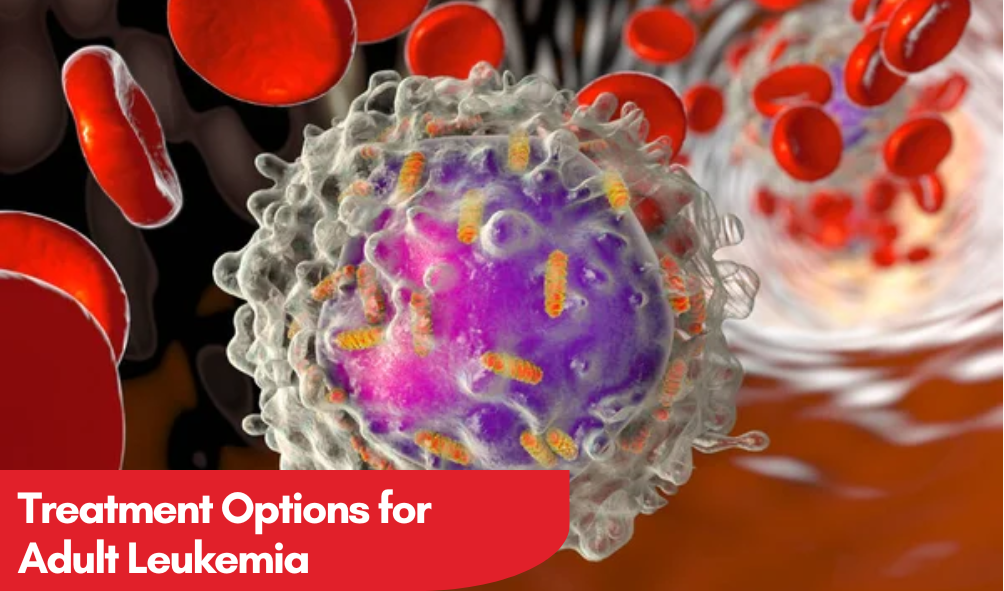- Leukemia in adults can affect people of all ages, not just children.
- There are several different types of leukemia, each with its own unique characteristics.
- Risk factors for adult leukemia include exposure to certain chemicals, radiation, and genetic factors.
- Symptoms of adult leukemia can vary widely, and early detection is crucial for effective treatment.
- Treatment options for adult leukemia include chemotherapy, targeted therapies, stem cell transplants, and radiation therapy.
- Prognosis and survival rates for adult leukemia can vary, but advancements in medical research and treatment are improving the outlook for many patients.
Leukemia is a type of cancer that can affect people of all ages, not just children. Although it is the most common cancer in children, adults are also at risk of developing leukemia. Most cases of leukemia actually occur in adults.

Understanding the Different Types of Leukemia
Leukemia is a broad term that encompasses several different types of blood cancer. The most common types are acute lymphocytic leukemia (ALL), acute myeloid leukemia (AML), chronic lymphocytic leukemia (CLL), and chronic myeloid leukemia (CML). Each type has its unique characteristics, symptoms, and treatment approaches.
Leukemia in Adults: Causes and Risk Factors
While the exact causes of leukemia are not fully understood, there are several risk factors that can increase an adult’s likelihood of developing the disease. These include exposure to certain chemicals, radiation, and genetic factors. Additionally, certain medical conditions, such as Down syndrome and certain blood disorders, can also increase the risk of leukemia.
Risk Factors for Adult Leukemia
- Exposure to high levels of radiation
- Repeated exposure to certain chemicals like benzene
- Previous cancer treatment with chemotherapy
- Genetic factors and family history of leukemia
- Certain medical conditions like Down syndrome
Symptoms and Diagnosis of Leukemia in Adults
The symptoms of leukemia in adults can vary widely and may include fatigue, easy bruising or bleeding, frequent infections, and unexplained weight loss. Diagnosis typically involves a combination of blood tests, bone marrow biopsies, and imaging scans. Early detection is crucial for effective treatment, so it’s important for adults to be aware of the signs and symptoms of leukemia.
Treatment Options for Adult Leukemia
The treatment for adult leukemia depends on the type of leukemia, the stage of the disease, and the individual’s overall health. Common treatment options include chemotherapy, targeted therapies, stem cell transplants, and radiation therapy. In some cases, a combination of these treatments may be used.

Prognosis and Survival Rates for Adult Leukemia
Leukemia prognosis and survival rates can vary widely depending on the type of leukemia, the stage of the disease, and the individual’s response to treatment. In general, the five-year survival rate for adult leukemia is around 60%. However, with advancements in medical research and treatment, the outlook for many adult leukemia patients continues to improve.
Expert’s Advice
“Leukemia is a complex and challenging disease, but with advancements in medical research and treatment, the outlook for many adult patients is improving,” says Dr. Emily Walters, a hematologist and oncologist at Freeman Hospital West. “It’s crucial for adults to be aware of the symptoms and risk factors, and to seek prompt medical attention if they have any concerns. Early detection and appropriate treatment can make a significant difference in the outcome.”
FAQs
Q: Is leukemia more common in children or adults?
A: While leukemia is the most common cancer in children, the majority of leukemia cases occur in adults.
Q: What are the most common types of leukemia in adults?
A: The most common types of leukemia in adults are acute myeloid leukemia (AML), chronic lymphocytic leukemia (CLL), and chronic myeloid leukemia (CML).
Q: What are the risk factors for adult leukemia?
A: Risk factors for adult leukemia include exposure to certain chemicals, radiation, and genetic factors, as well as certain medical conditions like Down syndrome and blood disorders.
Q: How is adult leukemia diagnosed?
A: Diagnosis of adult leukemia typically involves a combination of blood tests, bone marrow biopsies, and imaging scans.
Q: What are the treatment options for adult leukemia?
A: Common treatment options for adult leukemia include chemotherapy, targeted therapies, stem cell transplants, and radiation therapy, often used in combination.
References
- American Cancer Society. (2023). Leukemia in Adults. Retrieved from [https://www.cancer.org/cancer/leukemia/about/adult-leukemia.html]
- National Cancer Institute. (2023). Adult Acute Lymphoblastic Leukemia Treatment (PDQ®)–Patient Version. Retrieved from [https://www.cancer.gov/types/leukemia/patient/adult-all-treatment-pdq]
- Leukemia & Lymphoma Society. (2023). Leukemia in Adults. Retrieved from [https://www.lls.org/leukemia/leukemia-in-adults]






